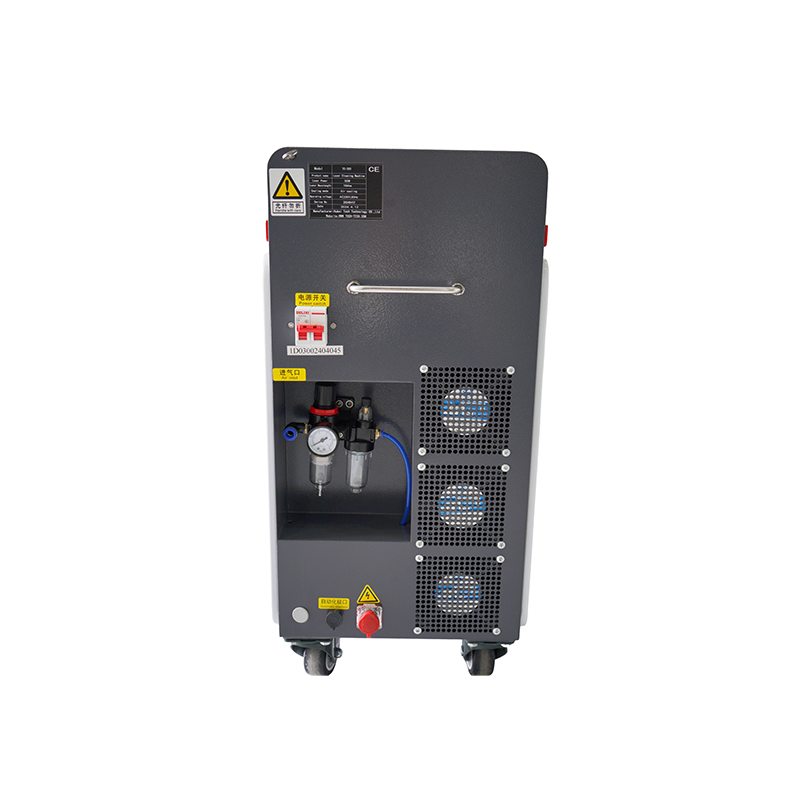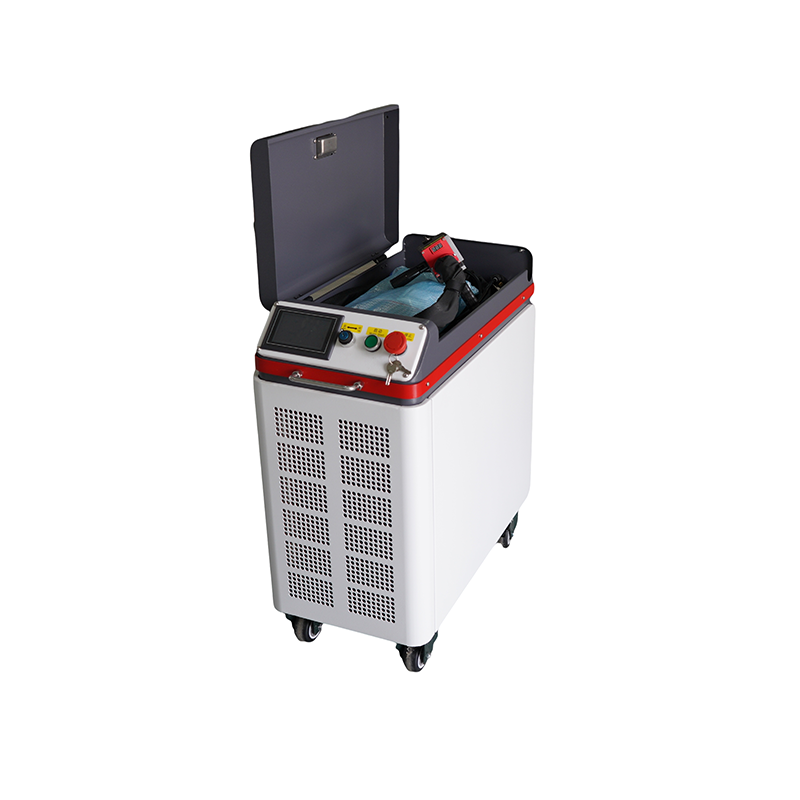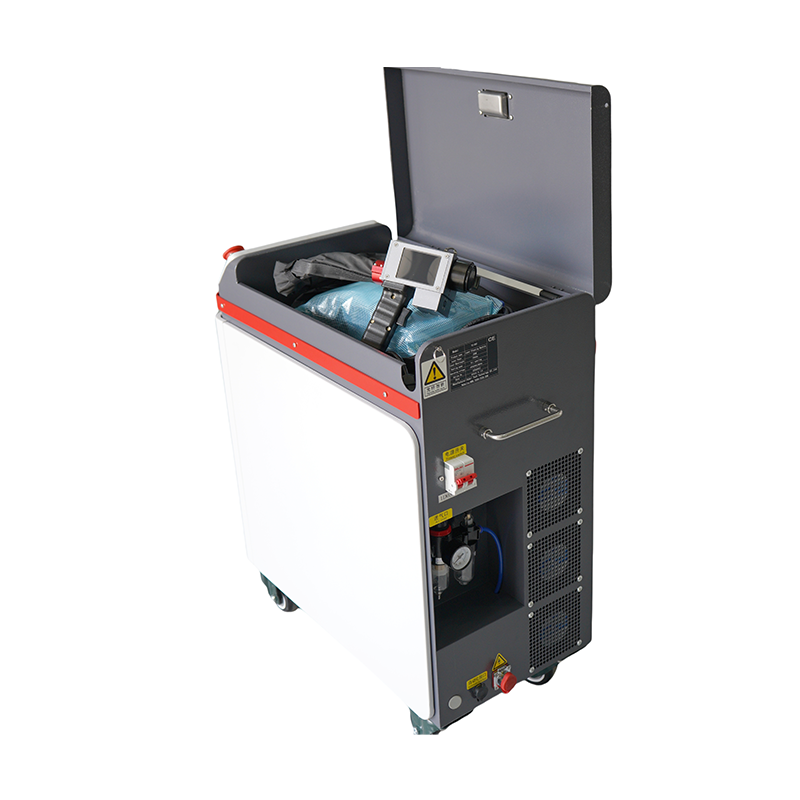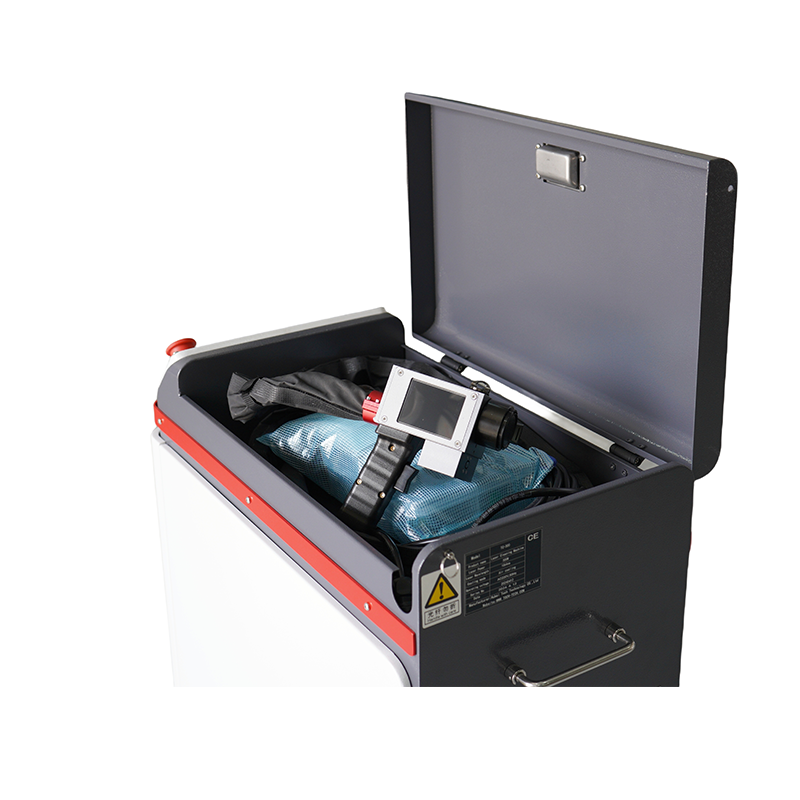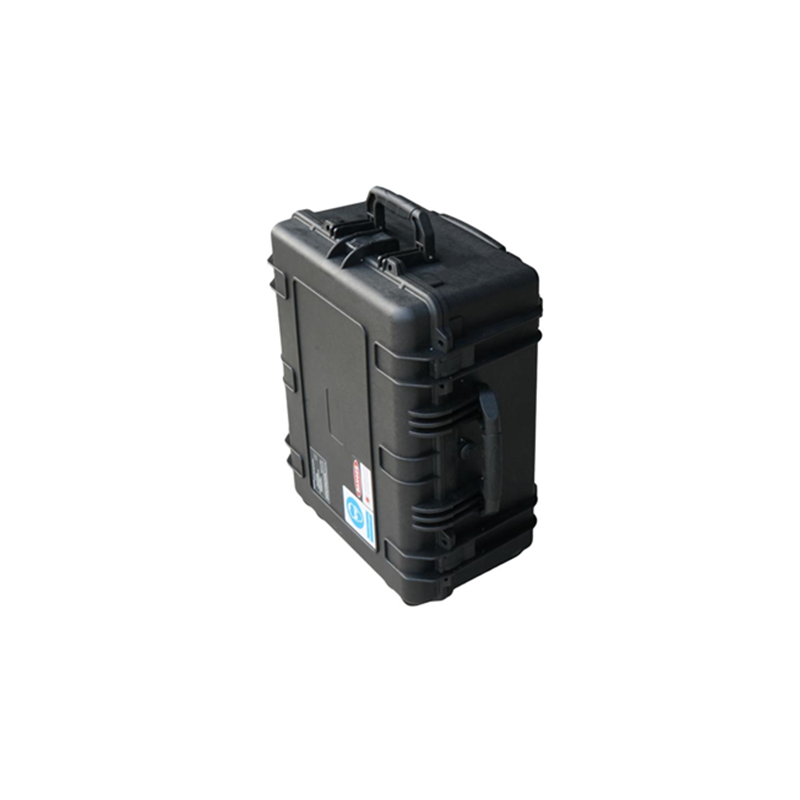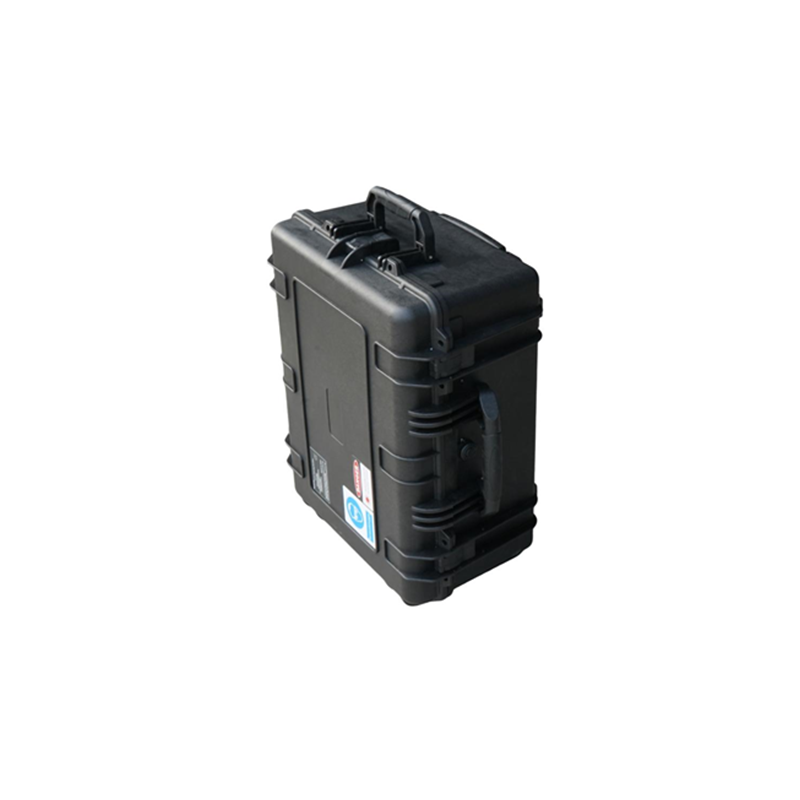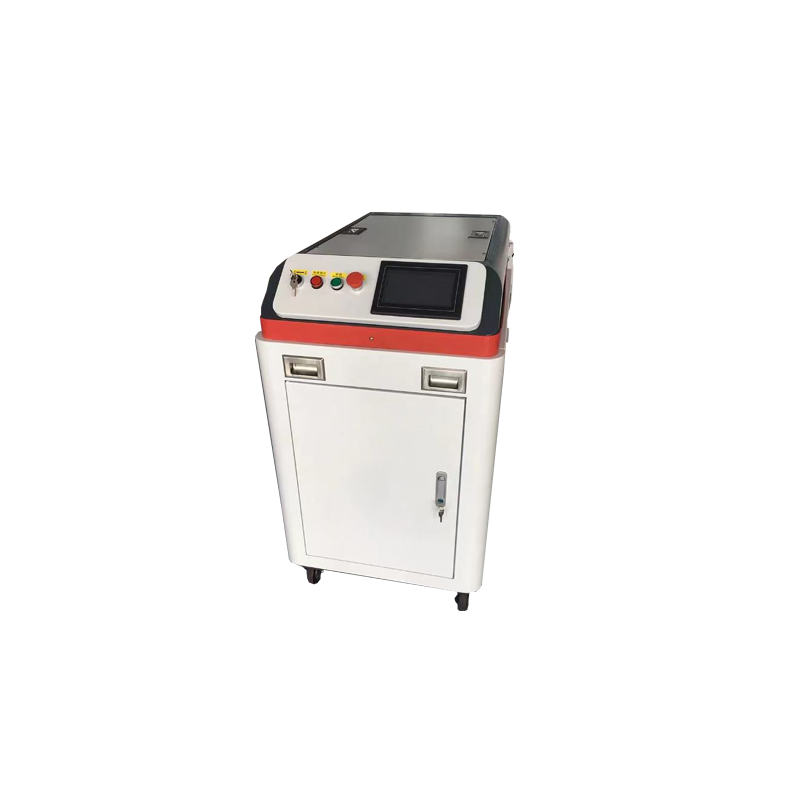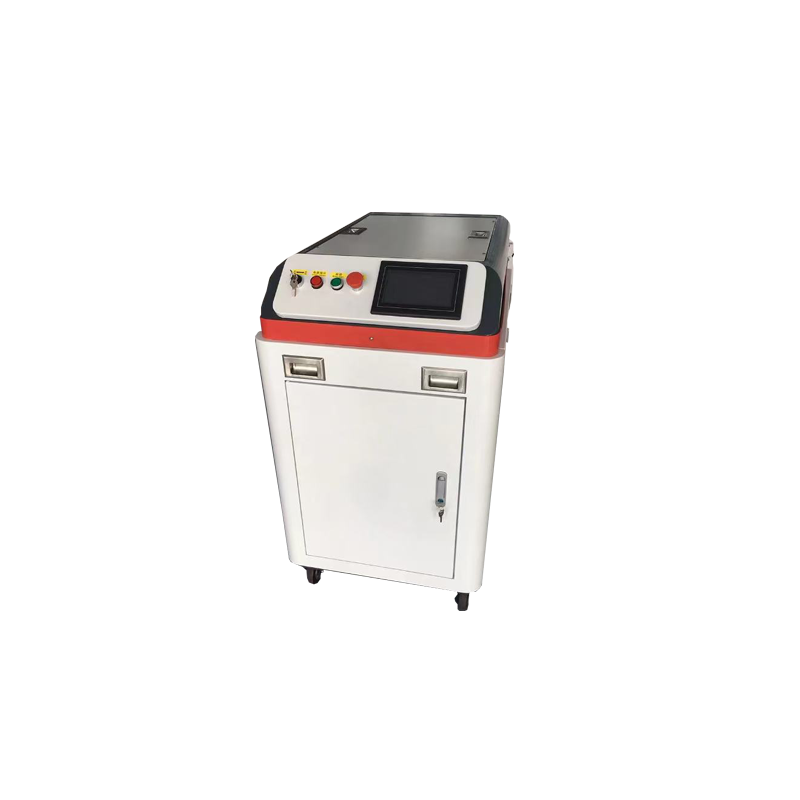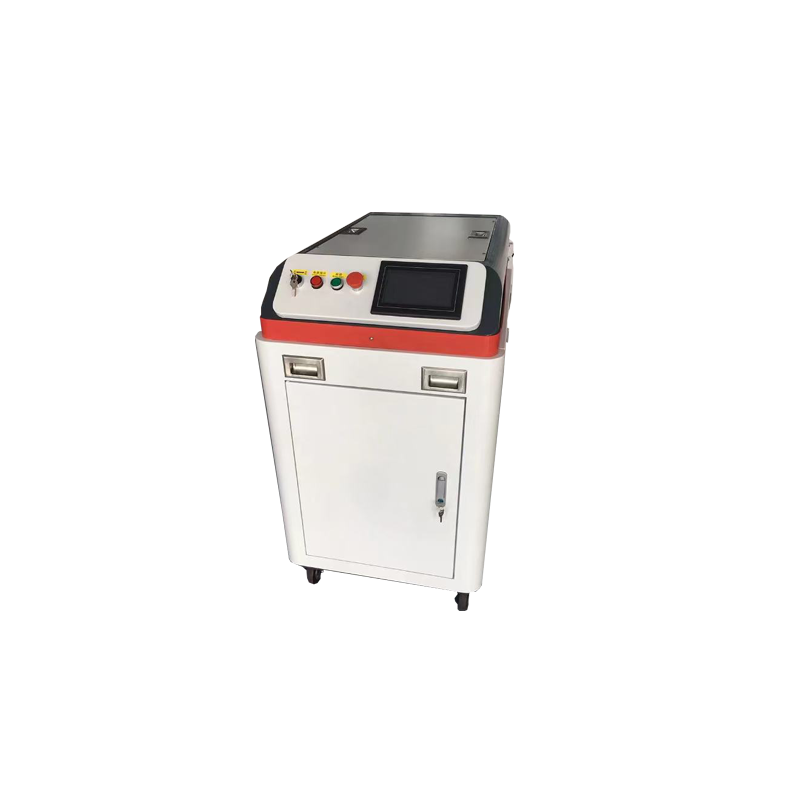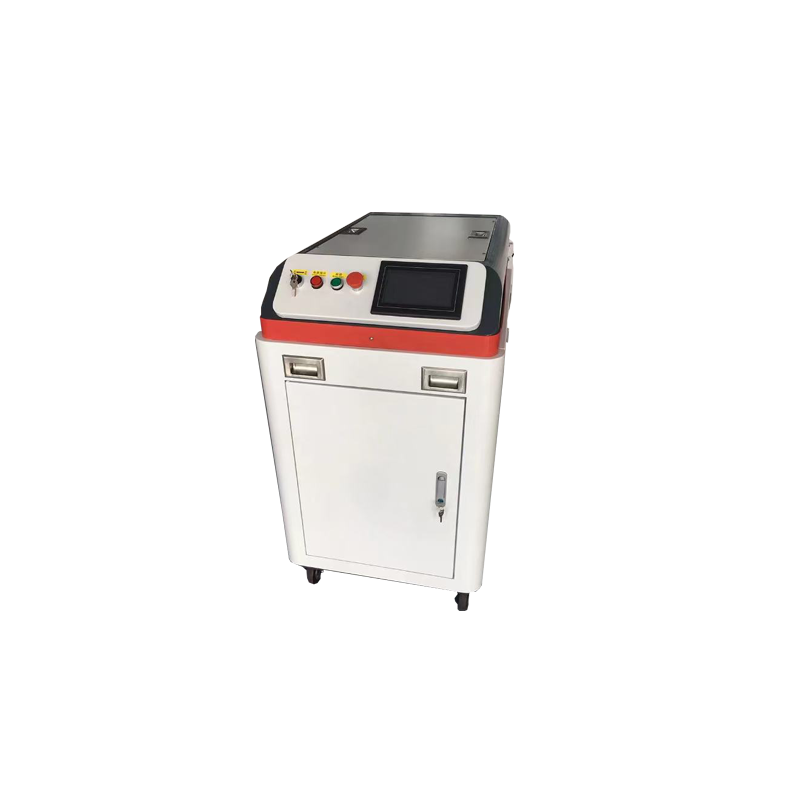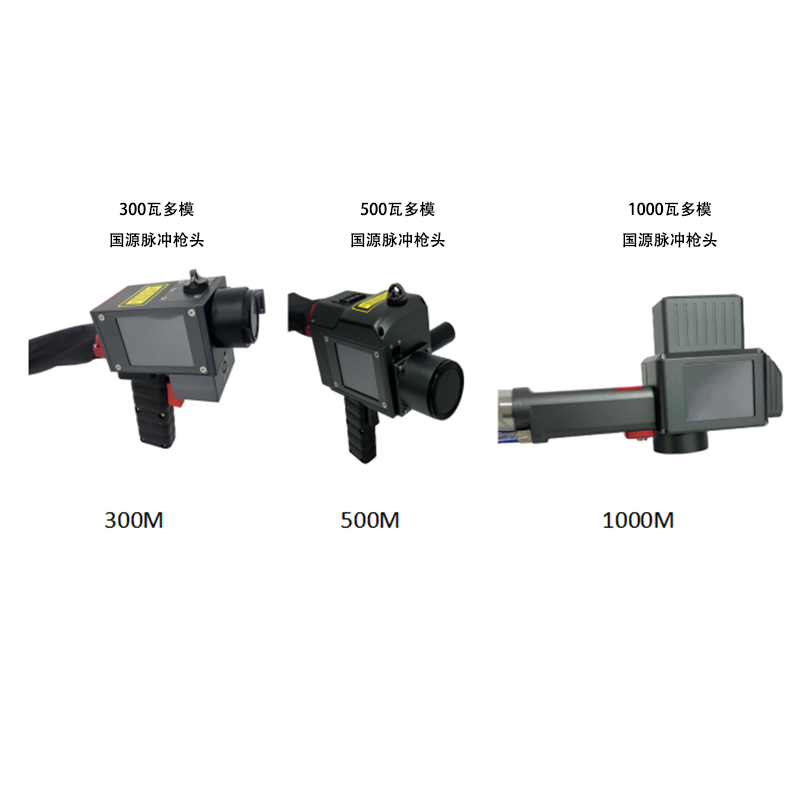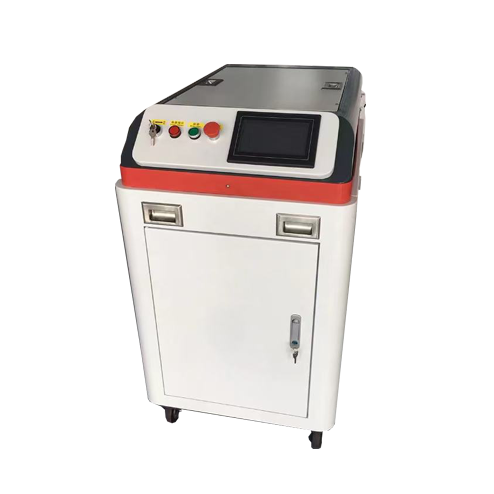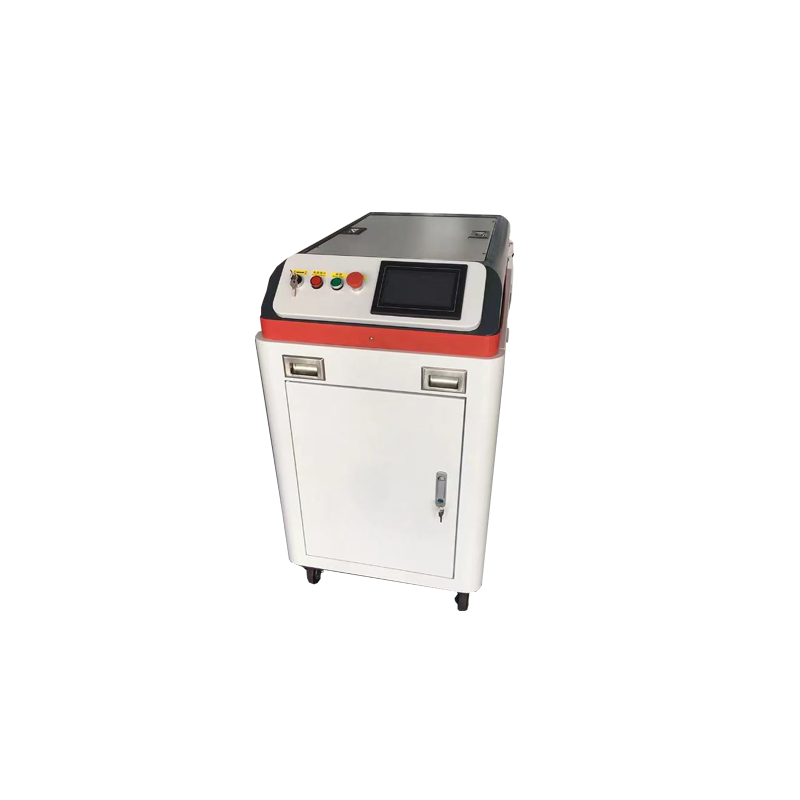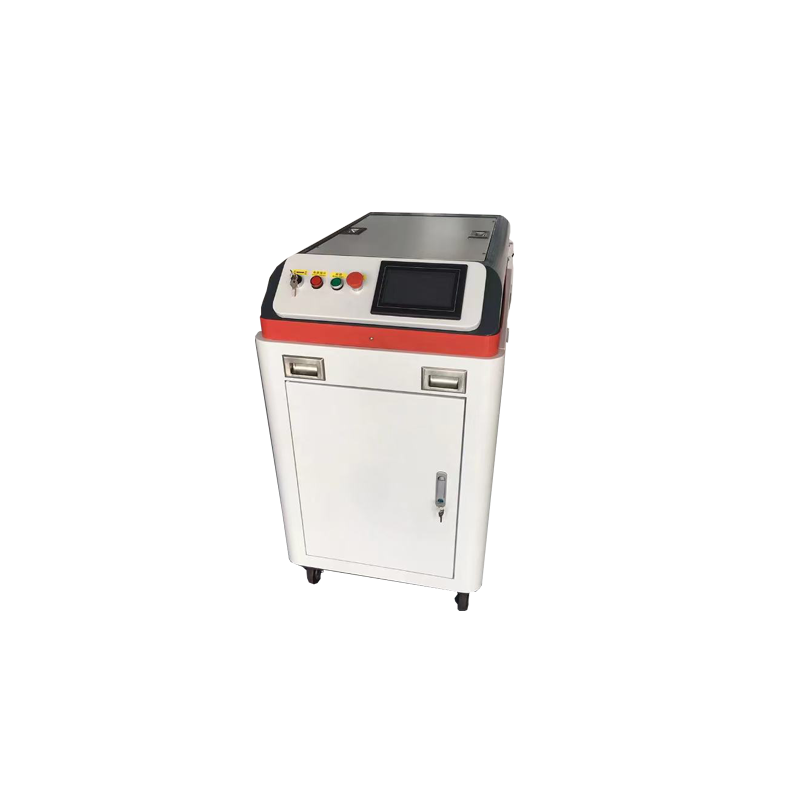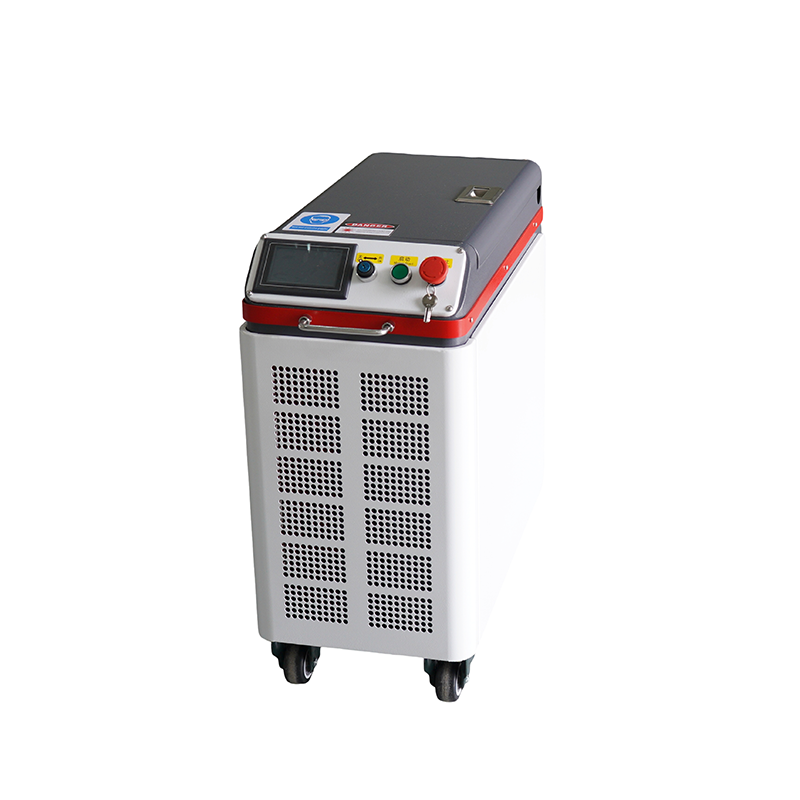Of course. This is an excellent topic. The phrase "Pulse Laser Cleaning Machine Moving and Using with Flexible Situations" perfectly captures the core advantages of this technology over traditional cleaning methods.
Let's break down what this means in practice, covering both physical mobility and application flexibility.
1. Moving: Physical Mobility and Portability
The ability to "move" the laser cleaner is a game-changer. It means taking the technology to the object, rather than the other way around. This is achieved through several design approaches:
A) Handheld Laser Cleaning Guns:
This is the most direct form of mobility. Operators can carry the unit to the job site.
How it works: The laser source (a main console) is on a cart or trolley. A flexible fiber-optic cable connects the source to a handheld gun. The operator points the gun at the surface and triggers the laser pulse.
Flexible Situations:
On-site Restoration: Cleaning statues, historical building facades, or bridges without disassembly.
Large Structures: De-rusting ship hulls, storage tanks, or large industrial machinery on the factory floor.
Aerospace Maintenance: Cleaning aircraft fuselages or engine components in a hangar.
B) Portable Benchtop Units:
These are compact, integrated systems small enough to be moved by a pallet jack or small forklift.
Flexible Situations:
Job Shops: A workshop can serve multiple clients by easily reconfiguring the workspace for different-sized parts.
Quality Control Labs: The unit can be moved to different inspection stations as needed.
C) Robot Integration (Mobile or Fixed):
For ultimate precision and repeatability, the laser cleaning head can be mounted on a robotic arm.
Flexibility: The robot's program can be easily changed to clean different parts, making it ideal for batch production with mixed products.
Mobile Robots: In advanced setups, the robot itself can be mounted on a mobile platform, bringing automated cleaning to large, complex structures like wind turbine blades or inside shipyards.
2. Using: Flexibility in Application and Adaptation
This is where the "pulse" technology truly shines. The parameters of the laser can be finely tuned to suit an immense variety of "flexible situations."
A) Material Versatility (What you can clean):
The core principle is that the laser parameters (wavelength, pulse duration, energy) can be adjusted so that the contaminant absorbs the energy and is ablated (vaporized), while the underlying substrate reflects it and remains unharmed.
| Situation | Contaminant to Remove | Substrate (Base Material) | Key Consideration |
|---|---|---|---|
| Rust Removal | Iron Oxide (Rust) | Steel, Iron | Adjust power to remove rust without etching the metal. |
| Paint Stripping | Paint, Coatings | Aluminum, Composite, Steel | Critical to use parameters that won't melt the aluminum or damage composites. |
| Mold Cleaning | Rubber, Release Agents | Steel Molds | Removes residue without damaging the precise mold surface. |
| Pre-Weld Prep | Oxides, Oils | Aluminum, Stainless Steel | Creates a perfectly clean surface for high-quality welds. |
| Restoration | Soot, Grime, Varnish | Stone, Wood, Historical Artifacts | Very low power settings used to gently remove layers without harming delicate surfaces. |
| De-greasing | Oils, Lubricants | Metal Parts | Vaporizes thin films of organic material. |
B) Parameter Flexibility (How you clean it):
An operator can adjust the laser's settings on the fly to match the situation:
Power (Joules): Lower power for delicate surfaces (e.g., antique coins), higher power for thick rust.
Frequency (Hz): Lower frequency for more controlled, gentle cleaning. Higher frequency for faster cleaning of large areas.
Scanning Speed: How fast the laser beam moves across the surface. Slower for tougher contaminants, faster for light cleaning.
Spot Size: A larger spot covers more area quickly; a smaller spot provides higher precision for intricate details.
Summary: The "Flexible Situation" Advantage Over Traditional Methods
Compared to sandblasting, chemical baths, or abrasive grinding, pulse laser cleaning offers unmatched flexibility:
| Feature | Traditional Methods (e.g., Sandblasting) | Pulse Laser Cleaning |
|---|---|---|
| Mobility | Often requires fixed, enclosed booths with dust collection. | Highly portable; can be used in-situ. |
| Selectivity | Non-selective; removes substrate along with contaminant. | Highly selective; can target the contaminant while preserving the base material. |
| Waste | Produces secondary waste (media, sludge). | Waste is primarily the vaporized contaminant, easily captured by a vacuum filter. |
| Precision | Low precision, can damage sensitive parts. | Extremely precise, can clean a specific area without affecting surroundings. |
| Setup/Changeover | Time-consuming setup and cleanup. | Quick changeover between different jobs by adjusting software parameters. |
Conclusion:
The combination of physical mobility (taking the laser to the work) and application flexibility (tuning the laser for the task) makes pulsed laser cleaning an incredibly adaptable technology. It solves problems that were previously too difficult, expensive, or dangerous to tackle with conventional methods, making it indispensable in modern manufacturing, restoration, and maintenance across countless "flexible situations."

